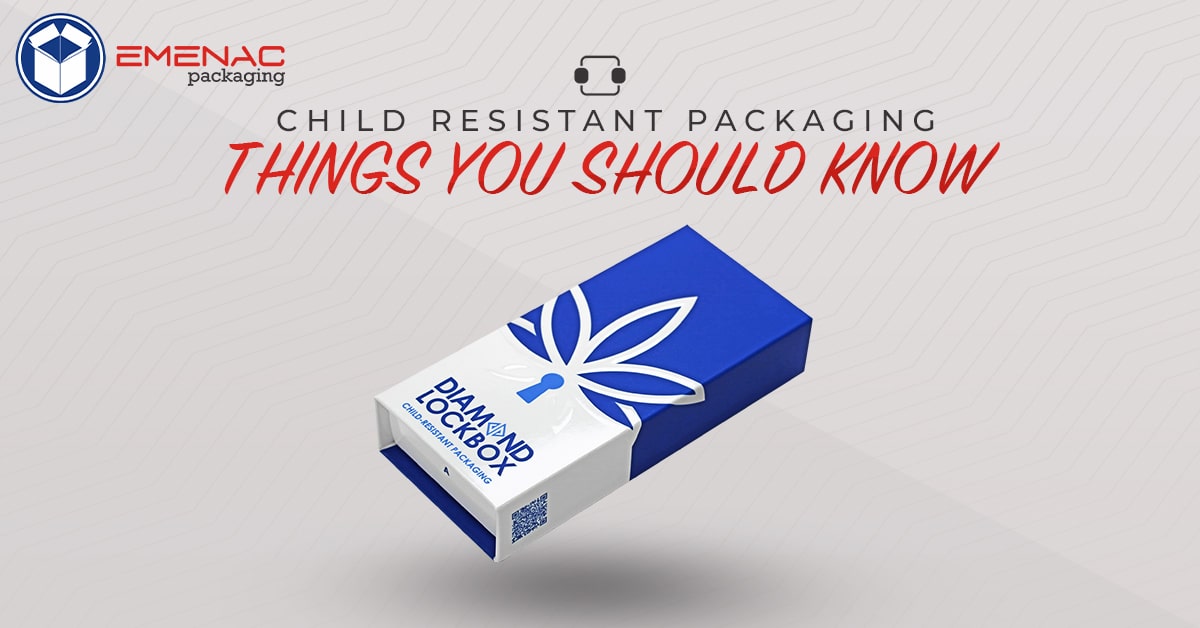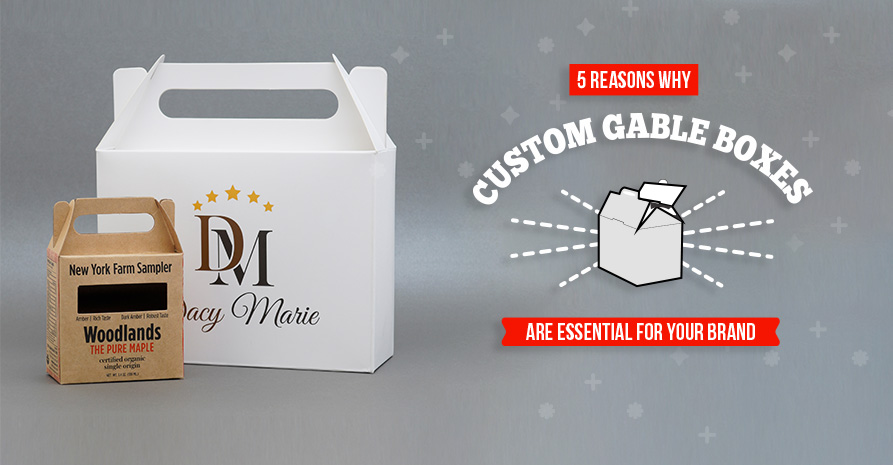Child Resistant Packaging: Things You Should Know

According to the report, “Technical requirements for pharmaceutical and nutrition products” published by UNICEF, introducing child-resistant mechanisms in packaging is one of the primary packaging components to enhance safety features in them.
As we know, children are habitual to tasting everything that looks interesting and colourful. It exposes them to the danger of swallowing things that are hazardous and in the worst cases poisonous for them. Here come the child-resistant (C-R) packaging boxes, because of their trickier opening mechanism the child remains safe from the inside products. Let’s delve deeper into their details.
1. Trickier Opening Mechanism:
The trickier opening mechanism makes it difficult for a child to open the packaging boxes. The opening instructions are printed on the boxes that are only comprehensible for adults but difficult to grasp for children under the age of five. The usual mechanisms include twists, a special cardboard key, the usage of counterclockwise patterns, and two push points on opposite sides.
For instance, the internal tray is designed to lock at two points that will never be released unless both points are simultaneously pushed on the packaging box to open it.
2. Vivid Warning Labels:
With the abundant use of pharmaceuticals and various poisonous products, it becomes crucial to apply warning labels on them. These signs ensure that consumers are aware of the potential hazards of the product for children. Just by visualising these warning signs on the packaging, an adult perceives the idea of being dangerous for children and keeps them out of their reach.
3. C-R Packaging Testing:
To ensure the quality of CR packaging, a test is conducted in compliance with Australian guidelines. Take the packaging boxes in the lab, and give an open opportunity to children under the age of five to open the boxes within 10 min. If the majority of the children are failed to open the boxes, it means that boxes are sufficiently child resistant and ready for packing the product.
4. Opacity in Packaging Boxes:
Child-resistant packaging boxes are opaque. It means that a consumer is not able to see the product just to look at the CR packaging. Their non-transparency will never capture the attention of children in order to see what could be inside the box.
5. CR Primary vs CR Secondary Packaging:
When the product is directly attached to the packaging, it’s termed primary. The exterior packaging is the part of secondary packaging. If your secondary packaging is CR, you don’t need to make your primary packaging CR. On the contrary, if you make your primary packaging CR, you don’t need to make your secondary packaging child resistant.
6. Australian Laws & Regulations for CR:
In the case of Australia, Therapeutic Goods Order TGO-95 is actively passed by the Australian government to meet the demands of CR packaging. You can also see the list of the things given at the end of the document that needs to be printed on the packaging like anise oil when more than 50 milliliters in any product.
Conclusion:
Child resistant packaging boxes are significant for saving children from hazardous products. It is critical to order your CR packaging from vendors who know all the rules and regulations of the government and have the capability to deliver the same packaging accordingly. Additionally, it will save you the immense cost of redesigning your packaging.
Share This



